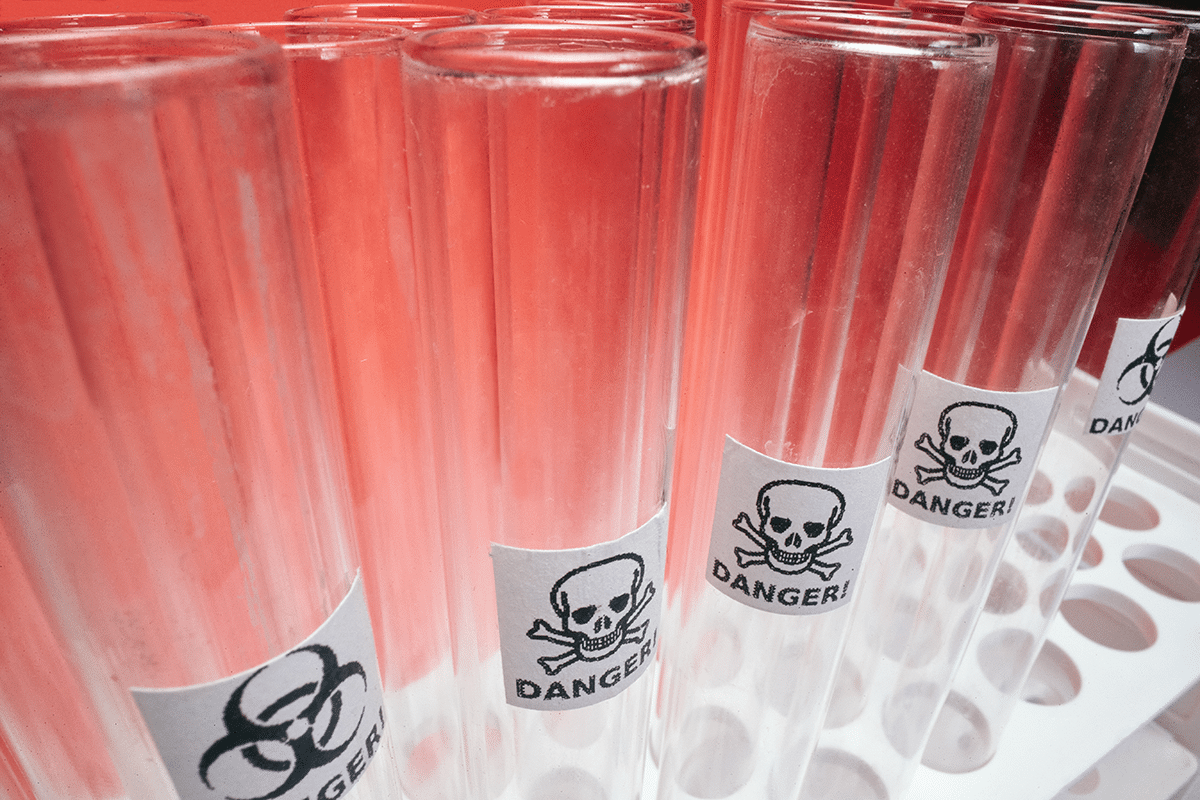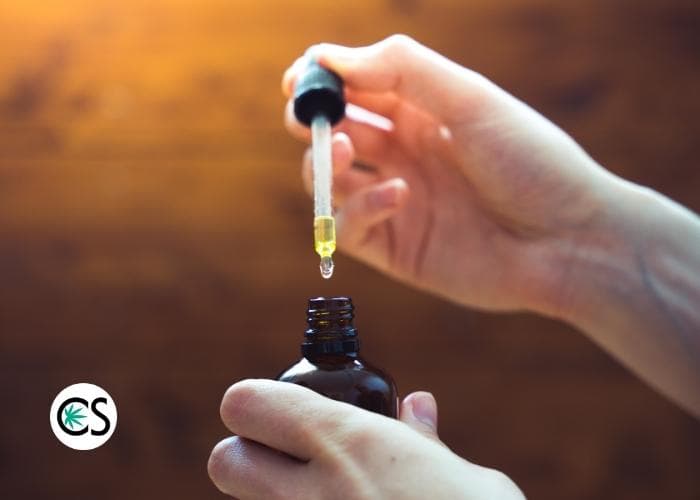A cannabinoid is any molecule that interacts with at the very least a person of the body’s two cannabinoid receptors, CB1 and CB2. This large class of chemical compounds can be divided into a few pieces: all those created by hashish, referred to as phytocannabinoids those people developed within the human body, referred to as endogenous cannabinoids or endocannabinoids and all those created in a lab (that don’t also exist in nature), called synthetic cannabinoids. It is this latter course of novel molecules, encompassing precious analysis chemical substances and hazardous road medication alike, to which we switch our awareness.
Task CBD has protected artificial cannabinoids several instances in the previous, which includes their prospective part in the 2019 vaping disaster. And they continue on to be a issue of considerable desire between chemists, medical scientists, pharmaceutical corporations, legislation-enforcement, lawful experts, general public-health officials, and drug consumers.
In the scientific literature, synthetic cannabinoids can be even further classified according to their primary role: as equipment for discovering extra about cannabinoid receptors and the broader endocannabinoid procedure (ECS) as probable therapies for certain human overall health conditions or as probably harmful recreational medications, which proliferate in a entire world where by safer, cannabis-derived cannabinoids are however mainly banned (even, in lots of scenarios, for investigate needs). These tough-to-detect, simple-to-make artificial compounds have in many conditions moved from the lab to the drug scene just after getting explained in a exploration paper.
A great deal of the new pre-medical investigate that Project CBD experiences on includes the use of synthetic cannabinoids to tease out different features of ECS purpose or investigates the probable of other synthetics to take care of human ailment. But a couple current research aim on these man-designed molecules’ 3rd guise as street prescription drugs.

THC & JWH-018
The molecule regarded as JWH-018 (the initials appear from its creator, John W. Huffman, who was a professor of organic and natural chemistry at Clemson University) is a potent synthetic cannabinoid with an affinity for the CB1 receptor 5 situations larger than that of THC – that means, approximately speaking, that just one-fifth the dose elicits a identical impact. JWH-018 also was possibly the earliest synthetic cannabinoid to escape the lab and seem on the streets in the early 2000s, most famously as an component in the grey-industry drug “Spice.”
Whilst JWH-018 has given that been banned in various countries (and replaced with new synthetic chemicals differing by a single atom), it continues to be in use in substantial components of the globe1 – and consequently is a deserving matter for researchers. A staff at the Netherlands’ Maastricht College just lately evaluated the compound’s consequences together with THC. Their aim was to display a method for comparing the neurocognitive and psychotomimetic profiles of THC and JWH-018 by equalizing them not according to calculated dose but by “psychotropic” equivalence – in other terms, subjective substantial in accordance to human topics in previously placebo-managed reports by the same research team.
The findings of the new analyze, posted in May well 2022 in the journal Frontiers in Psychiatry,2 point out that at equivalent subjective intoxication concentrations THC and JWH-018 are essentially not as different as they look. Both impaired subjects’ functionality at psychomotor, divided attention, and impulse management duties, with no important dissimilarities among them. Both equally also made what the researchers deemed sizeable psychotomimetic outcomes (resembling signs of psychosis), according to subjects’ questionnaire responses. The main difference was that dissociative consequences were significantly additional pronounced for JWH-018 than THC.
But in the actual globe – thanks to the sky-high efficiency of JWH-018 and similar artificial cannabinoids, and the inconsistent material of illicit smoking cigarettes mixtures – the authors inspire significant caution: “It is really challenging for end users to predict the maximal subjective superior,” they publish, “resulting in really unpredictable neurocognitive results and frequent overdosing.”

Mepirapim & Spice
Mepirapim is a artificial cannabinoid to start with mentioned in the scientific literature in 2013 just after it was detected in unlawful herbal mixtures in Japan.3 The substance later appeared in a 2015 posting out of Japan suggesting it could bring about coronary heart failure and dying in mix with other prescription drugs,4 and in another in 2017, in which the authors, once again based in Japan, documented on the circumstance of two people today who experienced made use of it recreationally together with acetyl fentanyl, an analog of fentanyl.5 One of the young males inhaled the medication and survived the other took them intravenously and did not.
Mepirapim’s lousy reputation is additional augmented by its affiliation with John W. Huffman’s notorious “Spice” ingredient: “Considering its structural similarity with JWH-018, which is a controlled Routine 1 material in the United States, Mepirapim has a high opportunity to show psychotropic outcomes and dangerous aspect results,” compose the Korea-based authors of a June 2022 paper in the journal Prescribed drugs.6
Continue to, it is been evenly studied, with only a number of supplemental references in the scientific literature to date. As these kinds of, the scientists sought to more look into the pharmacology and physiological effects of the drug, with a aim on its addictive prospective. Absolutely sure sufficient, they observed that Mepirapim remedy “supported the routine maintenance of intraveneous self-adminstration” in rats in comparison to a regulate.
They concluded that the drug “induces dependancy-associated behaviors via neurochemical maladaptation in the brain” driven by powerful activation of the CB1 cannabinoid receptor. But that last point is up for debate as one more latest paper addressing Mepirapim and other novel artificial cannabinoids decided that the drug has “minimal” central CB1 exercise and that consequences arise via other channels.7

Much more Artificial Alphabet Soup
Two extra scientific tests released in May well 2022 find to superior understand the pharmacological activity and opportunity negative effects of artificial cannabinoids consumed as leisure medicine.
The initially, by Belgian and Italian scientists in the journal Drug Screening and Examination,8 handles a little class of molecules designed expressly to evade laws passed in China in July 2021 banning synthetic cannabinoids made up of one of 7 general main scaffolds. These new chemical substances, called OXIZID cannabinoids, have different main constructions rendering them technically legal – or at the very least not explicitly illegal.
In their study, the researchers investigated the efficiency and efficacy (or highest impact that can be accomplished) at equally CB1 and CB2 of five associates of this new class. All 5 behaved as total agonists at CB1 and partial agonists at CB2, and one in certain, identified as BZO–CHMOXIZID, was remarkably strong at both equally receptors, marking it as a opportunity drug of abuse on regulators’ check out list.
The next analyze, showing in the journal Toxicology Mechanisms and Solutions,9 honed in on a molecule called UR-144, currently greatly employed by yourself or in mix with other illicit synthetic cannabinoids all more than the planet. The Turkey-centered authors evaluated the molecular mechanism of critical cardiovascular signs and symptoms connected with its use.
They identified that UR-144 induced cell dying as a consequence of elevated levels of cytoplasmic Ca2+ (a calcium ion and ubiquitous intracellular messenger) and activation of DAPK1 (an enzyme that regulates mobile death). Though that may be a bit specialized for your ordinary drug consumer or general public-wellness official, it no doubt implies that UR-144 is on the investigate radar. The authors simply call for studies to even more elucidate molecular mechanisms of the drug’s cardiotoxic outcomes.
Nate Seltenrich, an impartial science journalist centered in the San Francisco Bay Place, covers a vast array of topics including environmental wellness, neuroscience, and pharmacology. Copyright, Project CBD. Could not be reprinted without the need of permission.
Footnotes




